Mayon Volcano continues to intensify its hazardous activities. As of 6:00 PM, 5 February, a total of 22,399 families (86,052 persons) were affected in 61 barangays in the municipalities of Bagacay, Camalig, Guinobatan, Ligao City, Daraga, Tabaco City, Malilipot, Santo Domingo (Libog), and Legazpi City in the province of Albay. Of which, 17,137 families (64,895 individuals) are currently in 58 designated evacuation centers (ECs). While, 2,954 families (12,169 persons) are outside ECs. Moreover, a total of PHP 165,541,749.36 worth of damages to agriculture has been incurred affecting more than 10,000 farmers in the province. This consists of agricultural crops of rice, corn, and abaca.The National Council of Churches in the Philippines, NCCP through Andurog Mayon, and in cooperation with the Bicol Regional Ecumenical Council (BREC), aims to improve the living conditions of disaster affected population in the province of Albay. More specifically, the proposed response will provide immediate relief assistance to 3,446 families of 12,490 persons directly affected by the Mayon volcano eruption in four (4) target municipalities.RRF_01_2018_Mayon_Philippines
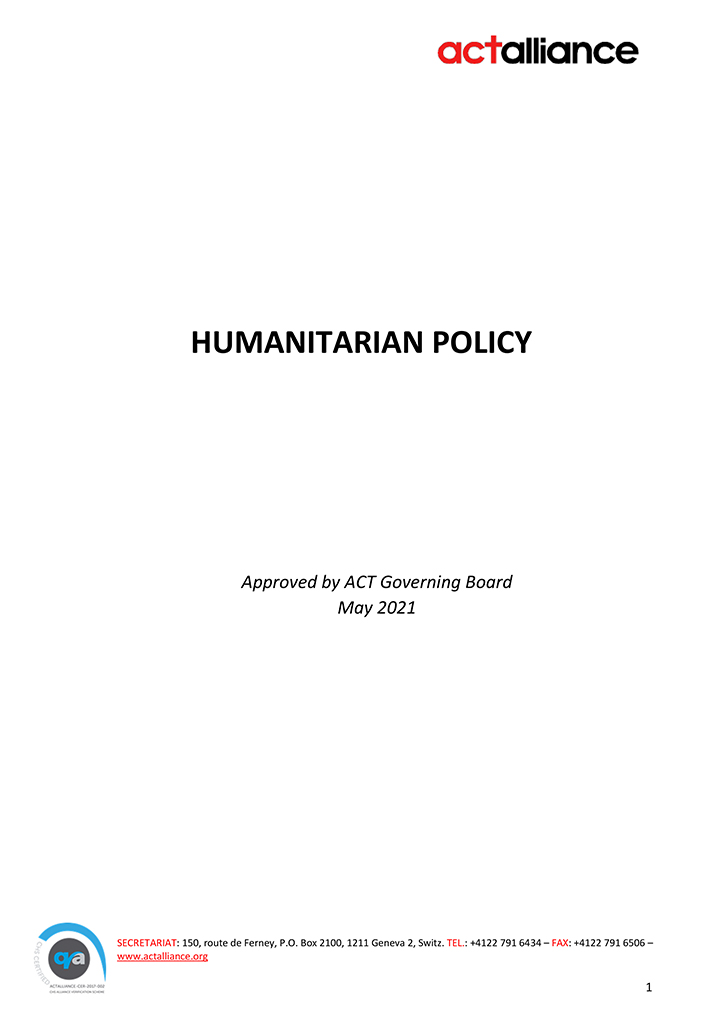








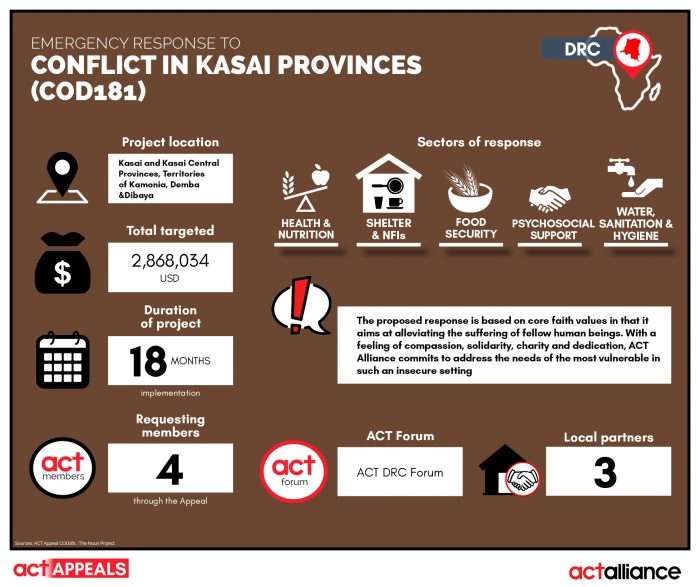
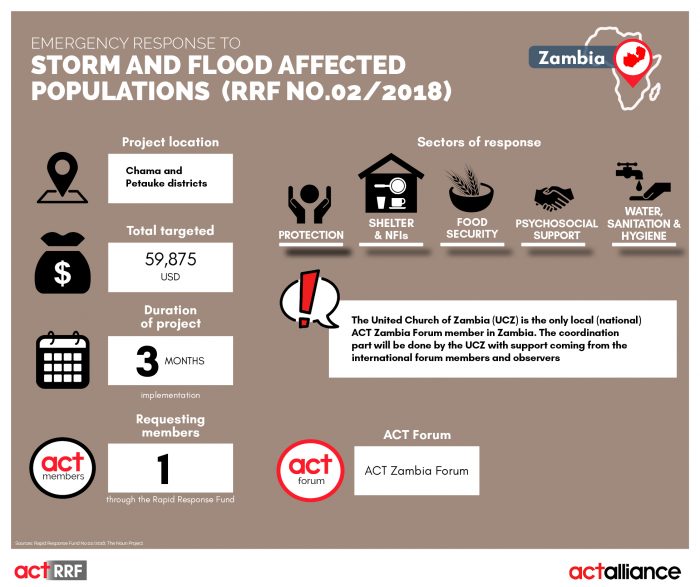


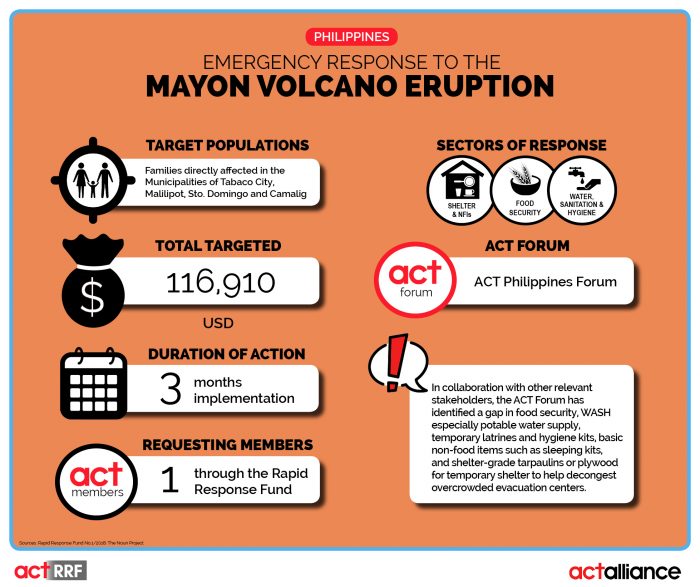
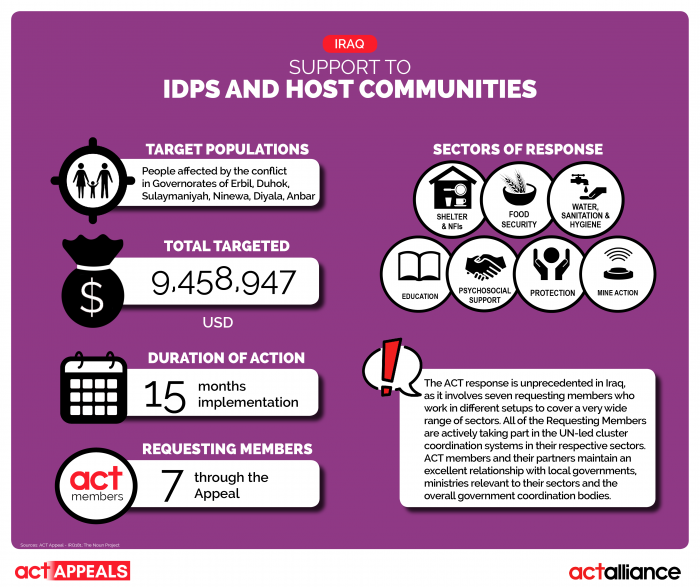
 In the evening of Tuesday the 8 August 2017, the province of Sichuan in China, was hit by a 7.0-magnitude earthquake, killing 19 people and injuring 343.
In the evening of Tuesday the 8 August 2017, the province of Sichuan in China, was hit by a 7.0-magnitude earthquake, killing 19 people and injuring 343.



